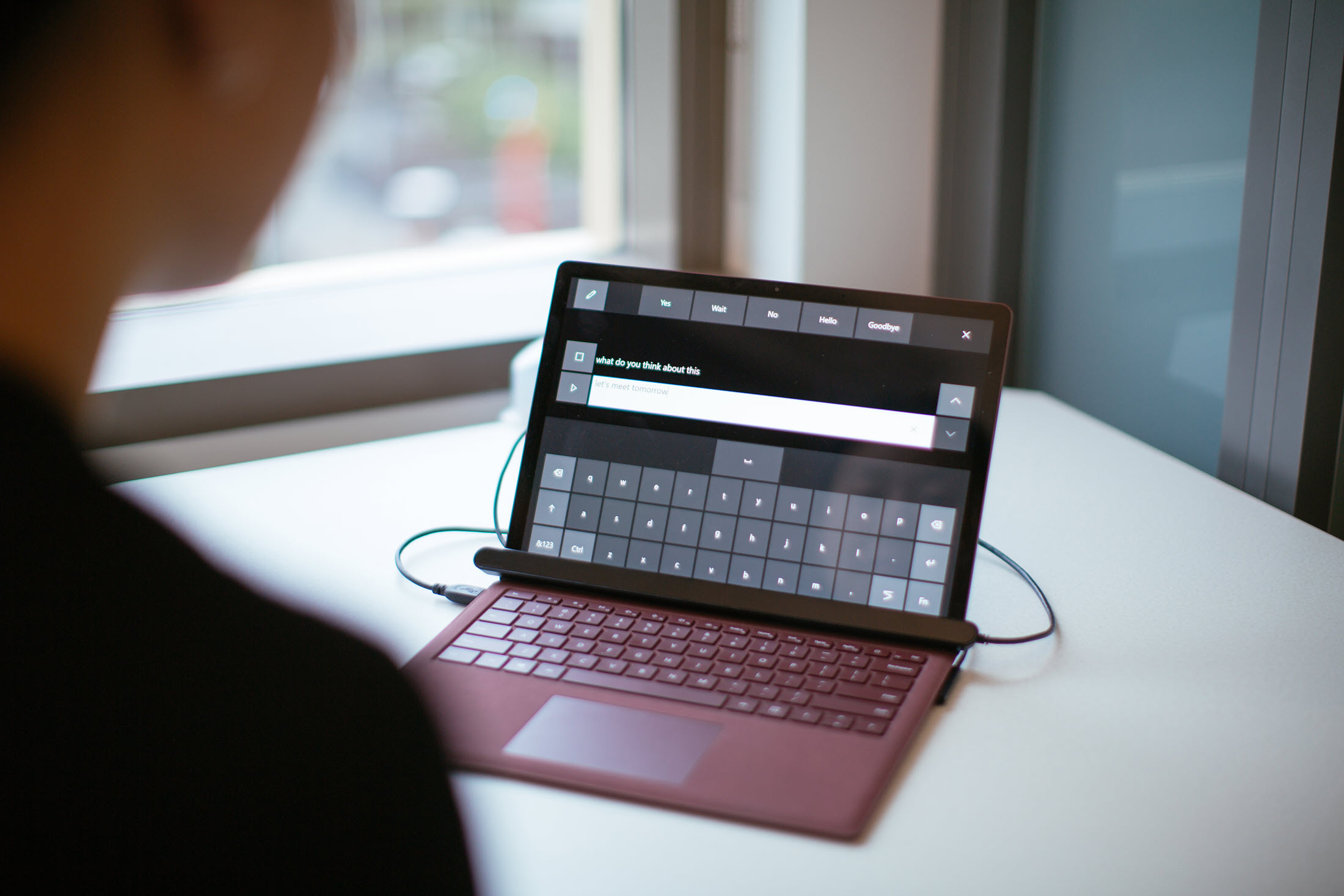 Building inclusive, accessible experiences is a catalyst for digital transformation, because without accessible tools, people can’t do their best work. And if people can’t do their best work, the company, its culture, and its customers are directly impacted. Building experiences that reflect the true diversity of the people who use them requires a shift in focus that places the person at the center of those efforts. This empathic approach helps us understand needs, both articulated and not, and promotes a clear sense of purpose that in turn drives more modern, innovative engineering practices, and ultimately, digital transformation.
Building inclusive, accessible experiences is a catalyst for digital transformation, because without accessible tools, people can’t do their best work. And if people can’t do their best work, the company, its culture, and its customers are directly impacted. Building experiences that reflect the true diversity of the people who use them requires a shift in focus that places the person at the center of those efforts. This empathic approach helps us understand needs, both articulated and not, and promotes a clear sense of purpose that in turn drives more modern, innovative engineering practices, and ultimately, digital transformation.
Thinking about the impact of Global Accessibility Awareness Day, teams across Microsoft are inspired and humbled to be part of a company that places such high value on these principles, every day of the year. Microsoft’s mission is to empower every person and every organization on the planet to achieve more. And at the heart of that mission is every one of the company’s employees, who depend on Microsoft’s tools each day to bring this mission to life.
Microsoft Digital Employee Experience (MDEE) leads the internal digital transformation of Microsoft. This starts with ensuring the services we build for our employees to use at work reflect the true diversity of all our employees, customers, and partners.
As Jenny Lay-Flurrie, Microsoft’s chief accessibility officer, described in her post, a vital component of this effort is holding ourselves accountable through accessibility assessments and evaluations, and having the courage to ask tough questions and seek diverse perspectives to understand where and how we can do better.
We’ve learned a lot over the years and as a result are investing heavily in transforming our tools, processes, and systems to help ensure inclusive design is incorporated early in the software development lifecycle. Accessibility flags that are built right into our engineering tools, for example, alert us to new projects and allow us to engage engineering teams early on in the process. We’ve also invested in building a design system that provides accessible UI design patterns, usage guidance and code components. Here we’ve found that teams are able to reduce accessibility bugs by 70-80 percent, which translates into efficiency gain for our engineering teams and a better, more coherent and accessible experience for our employees. Finally, we’ve empowered accessibility leads throughout MDEE to champion accessibility in their respective team’s culture and practices.
But it’s one thing to make our internal products and services accessible. We have an equal responsibility to share what we’ve learned with customers and to work with our partners to encourage them to build experiences that can be used by everyone. Collaborating with our partners in this space has been a rewarding experience. I am energized by their engagement and inspired by the positive impact we’ve created together for their own digital transformation journey in the way they build world-class, inclusive experiences.
Looking to the year ahead, it is clear that developing best-in-class, accessible engineering practices will continue to be at the center of MDEE’s charter to drive Microsoft’s digital transformation. This laser focus ensures we continue to build the tools and experiences people of any ability can use. Only then can we really empower everyone.

- Use Accessibility Insights to solve accessibility issues for Android, Web and Windows – Accessibility Insights
- Check out all kinds of great documentation and training that can help employees in your organization build skills and create accessible experiences on Microsoft Learn: Build skills that open doors in your career
- Consider how you could leverage employees within your organization who have disabilities to provide feedback on key employee experiences

- Check out our accessibility approach on Microsoft Accessibility.
- Explore creating the digital workplace at Microsoft.
- Discover when being ‘selfish’ about using Microsoft products gets personal.
Tags: accessibility, developer tools








